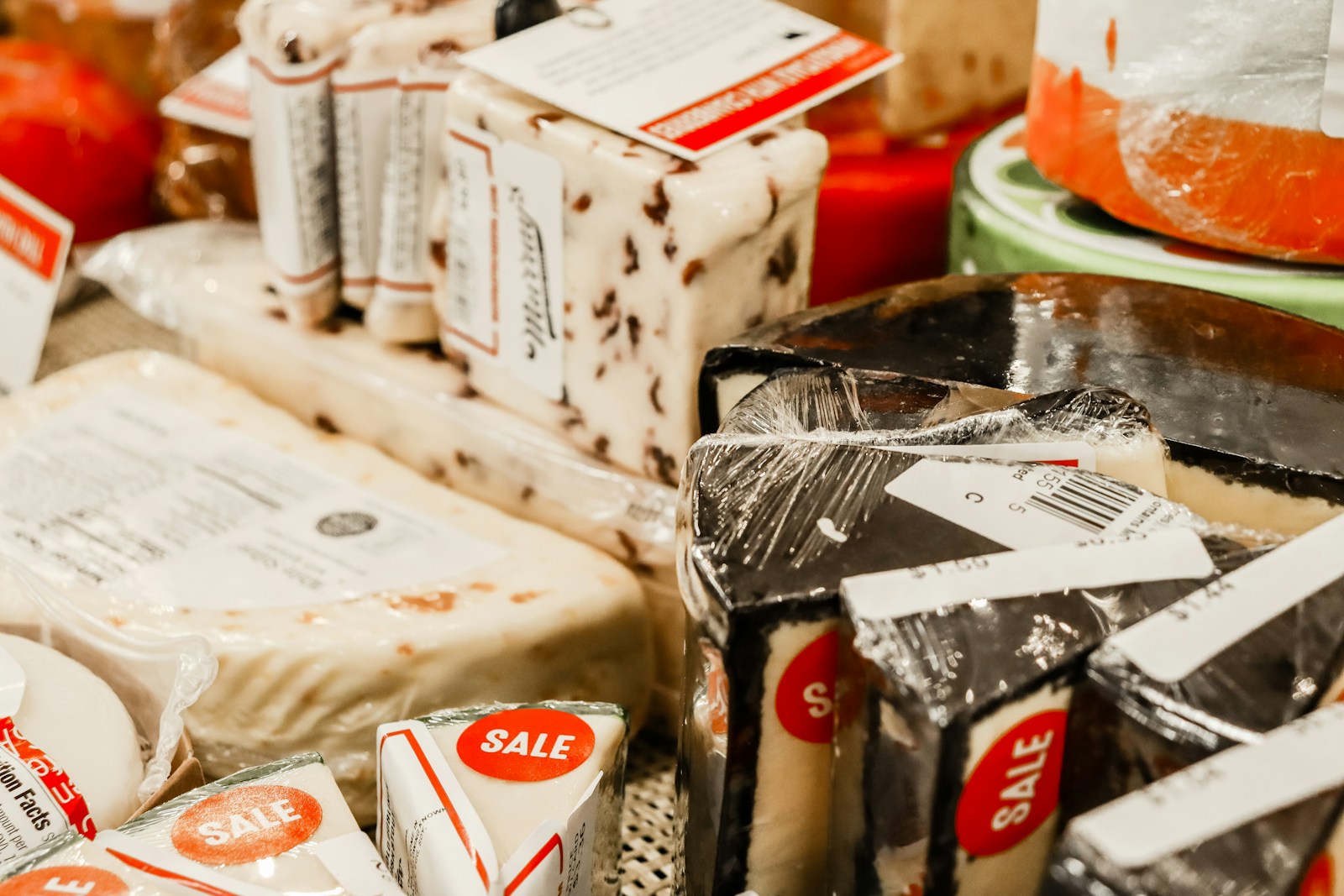In a world where food waste is a growing concern, the art of food preservation has become increasingly relevant. Imagine a time when families relied on seasonal harvests, carefully preserving their bounty to last through the winter months. This practice not only ensured sustenance but also fostered creativity in the kitchen. Today, as we navigate modern conveniences and global food supply chains, understanding how to effectively preserve food can enhance our culinary experiences while reducing waste. This guide will explore various methods of food preservation, their benefits, and essential considerations for safe storage.
The Importance of Food Preservation
Food preservation serves multiple purposes: it extends the shelf life of perishable items, enhances flavors, and retains nutritional value. With proper techniques, we can enjoy seasonal fruits and vegetables year-round, reduce spoilage, and save money. Additionally, preserving food at home allows for greater control over ingredients and flavors, promoting healthier eating habits.
Common Methods of Food Preservation
- Canning
Canning is a time-honored method that involves sealing food in airtight containers and heating them to destroy harmful microorganisms. There are two primary canning methods:- Water Bath Canning: Suitable for high-acid foods like fruits, jams, and pickles. Jars are submerged in boiling water to create a vacuum seal.
- Pressure Canning: Necessary for low-acid foods like vegetables and meats. This method uses high pressure to achieve higher temperatures, ensuring safety against bacteria such as Clostridium botulinum.
- Freezing
Freezing is one of the simplest and most effective methods for preserving food. It halts microbial growth by lowering temperatures significantly (typically below -18°C or 0°F). To freeze foods effectively:- Blanch vegetables before freezing to preserve color and texture.
- Use airtight containers or freezer bags to prevent freezer burn.
- Label items with dates to track freshness.
- Dehydration
Removing moisture from food inhibits bacterial growth and spoilage. Dehydration can be achieved through:- Air Drying: Suitable for herbs and some fruits.
- Sun Drying: Effective in hot climates but requires careful monitoring.
- Using a Dehydrator or Oven: Provides controlled conditions for consistent results.
- Fermentation
This ancient method utilizes beneficial bacteria to convert sugars into acids, preserving food while enhancing its flavor profile. Common fermented foods include:- Sauerkraut (fermented cabbage)
- Kimchi (spicy fermented vegetables)
- Yogurt (fermented milk)
- Pickling
Pickling involves immersing foods in an acidic solution (vinegar) or brine (saltwater), creating an environment hostile to spoilage organisms. It’s essential to use proper ratios of vinegar and salt to ensure safety. - Vacuum Packing
By removing air from packaging, vacuum packing extends the shelf life of foods by limiting oxidation and microbial growth. This method is particularly effective for meats and cheeses. - Sugaring
High sugar concentrations inhibit microbial growth, making sugaring an effective preservation technique for fruits in the form of jams or jellies.
Best Practices for Safe Food Preservation
- Sanitation: Always ensure that jars, utensils, and surfaces are clean before starting any preservation process to prevent contamination.
- Quality Ingredients: Use fresh, high-quality produce for the best results; overripe or damaged items may lead to spoilage.
- Follow Recipes Closely: Adhere strictly to tested recipes, especially for canning and fermentation, as improper methods can lead to foodborne illnesses.
- Monitor Storage Conditions: Store preserved foods in cool, dark places away from direct sunlight. Refrigerated items should be kept at temperatures below 4°C (39°F).

Conclusion:
The art of food preservation is not just about extending shelf life; it’s about connecting with our food sources, reducing waste, and enhancing our culinary repertoire. By mastering these techniques—canning, freezing, dehydrating, fermenting, pickling, vacuum packing, and sugaring—we can enjoy the flavors of each season long after they have passed. Embrace the creativity that comes with preserving food at home; it’s a rewarding endeavor that nourishes both body and soul while contributing to a more sustainable future.







Leave a Reply